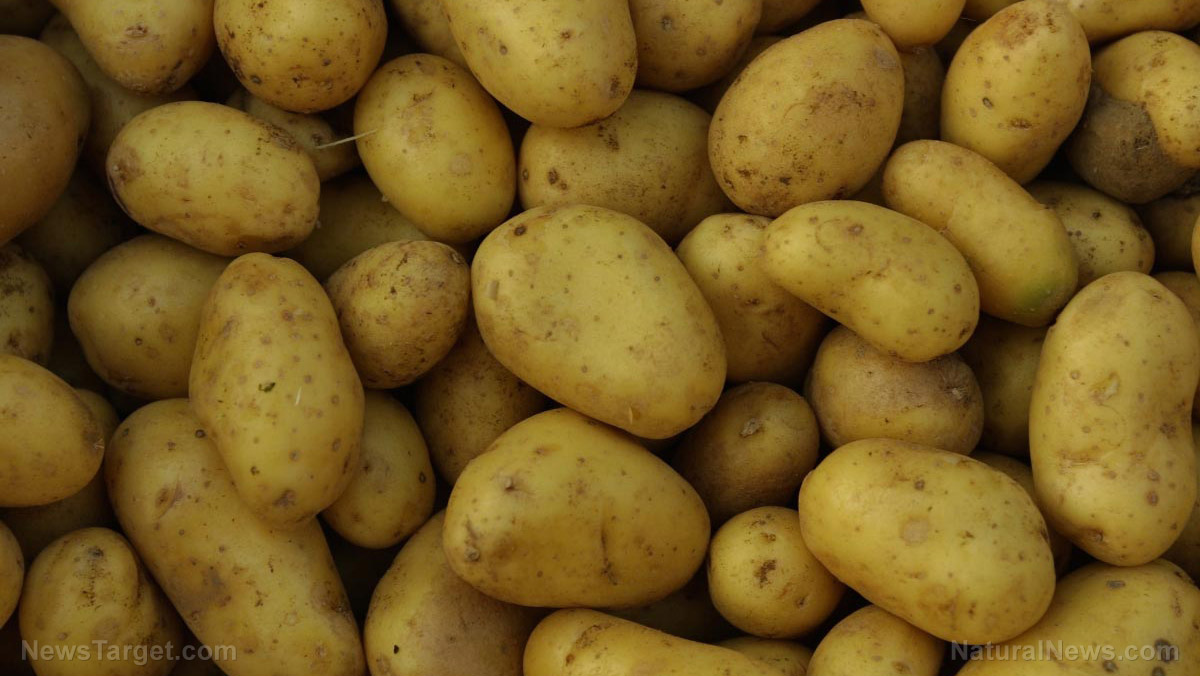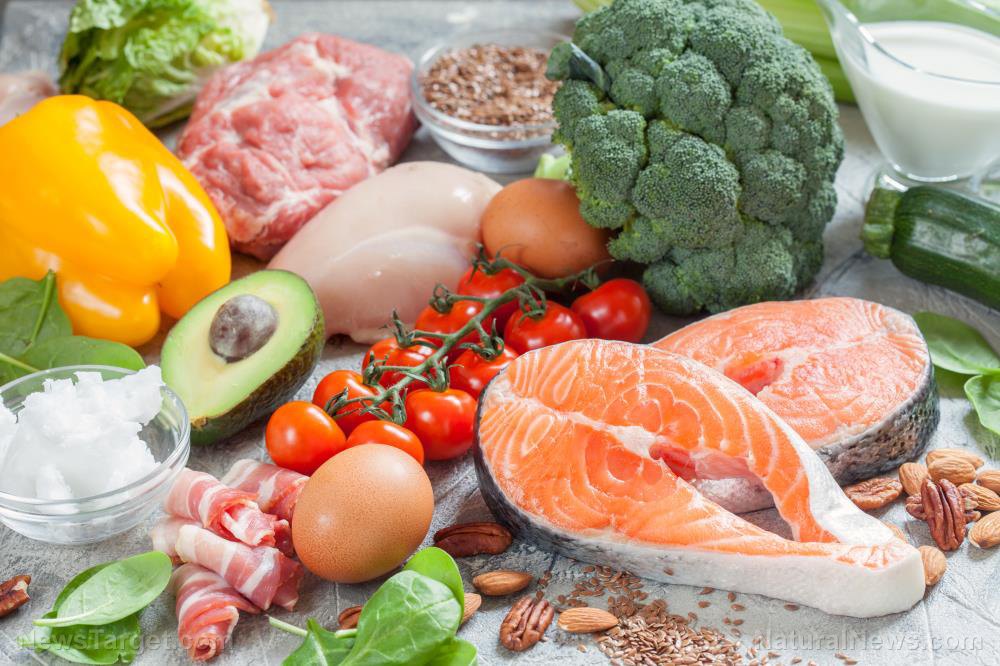
Around 84 participants were recruited for the study. Half (42) were elderly men above the age of 70 years, and the other half were within the age range of 30 to 50 years. Both groups were further divided into a treatment group and a placebo group. Participants in the treatment group were tasked with consuming 30-grams’ worth of MSPrebiotic each day for 12 weeks. Those in the placebo group were given Amioca Powder TF, a food starch made of refined corn, and had to consume 30 g of it every day for the duration. Save for the restriction on probiotic-containing products, no other changes were made to the diets of the participants.
Five blood samples were collected from each participant. The first were taken during enrollment; the second at two weeks; the third and fourth samples were gathered at weeks six and ten; and the researchers extracted the fifth and final samples two weeks after the experiment concluded.
The most notable changes were observed in the treatment group composed of older participants. Analysis showed that their blood glucose and insulin levels had gone down by a significant amount, as did their insulin resistance. But rather than these effects being the result of better lipid metabolism, the researchers believe that they were brought on by the "improved use of endogenous insulin" or insulin produced in the pancreas.
In addition, the researchers also discovered that the microbiomes and butyrate levels underwent changes. This suggests that the consumption of certain prebiotics can lead to improvements in gut microbiome; this in turn could result in better glucose control. (Related: Destroy diabetes with a diet that encourages gut bacteria.)
"Further studies are needed to clarify if the glucose and [insulin resistance] changes that were achieved by MSPrebiotic consumption by the [elderly] and [mid-age] as described in this study are linked to or are independent from the bifidogenic effect also achieved by MSPrebiotic in this same group of participants," the researchers wrote in their study, published in Frontiers in Medicine, Geriatric Medicine.
"While determining the mechanisms by which blood glucose and [insulin] decreased in the [elderly] group consuming MSPrebiotic is beyond the scope of our investigation, it is appealing to speculate that increased [glucagon-like peptide-1] in the MSPrebiotic [elderly] group contributes to the improved glycemic response, which is consistent with recent publications," they continued.
Glucagon-like peptide-1 (GLP-1) is a peptide hormone secreted by intestinal L-cells in response to the presence of helpful bacteria metabolites. GLP-1 is known to enhance the body’s usage of insulin, so a higher number of GLP-1 is better for insulin. A swine study with MSPrebiotic generated findings that pointed to an increase in GLP-1 after MSPrebiotic fermented in the animals’ guts. Whether this occurred in the current study is unknown, though as the researchers mentioned, the possibility is an exciting one.
"We are really excited about the results on insulin because that this is a major risk factor for developing type 2 diabetes. We know that about 50 percent of men over the age of 70 will have difficulty in managing their blood glucose levels," said Dr. Jason Bush, a senior scientist for the MSPrebiotics, the company that manufactures MSPrebiotic.
Speaking to NutraIngredients-USA.com, Bush stated that diabetic and pre-diabetic patients are often told to eat better and exercise more to improve their condition. Actually carrying out those recommendations is a whole other matter. On the other hand, drinking a prebiotic-enriched smoothie every day is a practice that requires minimal effort but leads to good results.
"Typically, the expectation is that patients won't follow that advice," said Bush. "But with MSPrebiotic, we think we have the ability to add something back in that might be missing from the diet that could help and we feel will have much higher compliance."
Curious about other ways to keep your diabetes in check? Just go to DiabetesScienceNews.com for studies, guides, and news articles about diabetes.
Sources include:
Please contact us for more information.






















